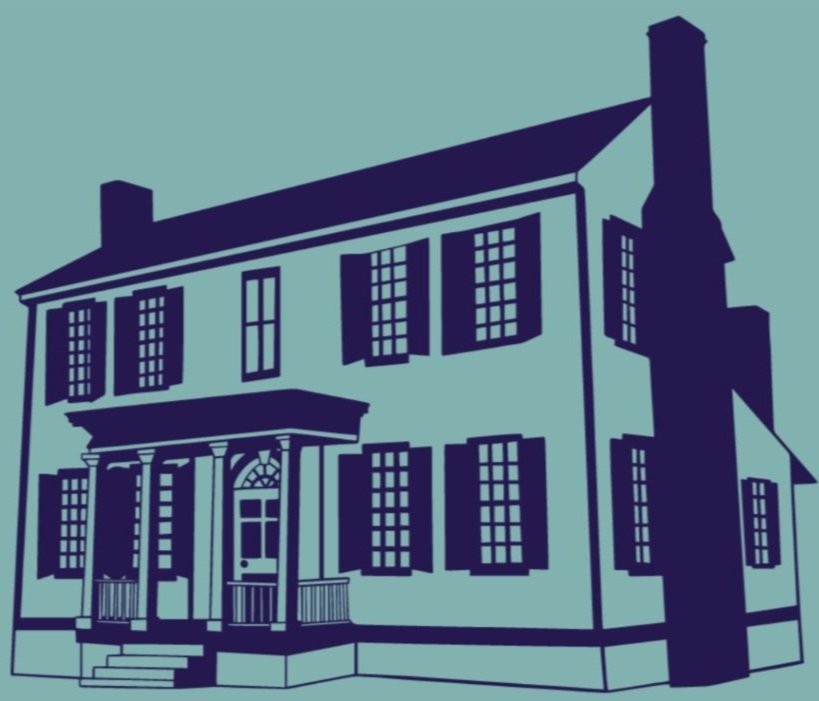Museum Mile
These four houses reflect a variety of 19th century southern architectural styles.
Visit all four sites on a 1.4 mile route along the northern part of downtown Athens. Some of the historic interiors are open to the public, and hours vary. All houses can be viewed from the public right of way.
Church-Waddel-Brumby House (ca. 1820)
Historic Athens Welcome Center
280 E Dougherty St
(706) 353-1820
Open Mon-Sun 10 am - 5 pm
This Federal-style house is believed to be Athens' oldest surviving residence. Its rescue from demolition and restoration in the early 1970s as a house museum and welcome center sparked the historic preservation movement in Athens. The building is staffed with concierges who can provide free maps and visitor information. Gift shop with local products and art on site.
Ware-Lyndon House (ca. 1840s)
Lyndon House Arts Center
211 Hoyt St
(706) 613-3623
Open Tues - Sat 10 am - 5 pm
The Ware-Lyndon House is a late Greek Revival home with Italianate influence. It is the last remaining house in Lickskillet, the once fashionable 19th century neighborhood. The interior has been restored and arranged with decorative art and furnishings of the period. The historic display room features artifacts that are relevant to the historic house and to the history of Athens.
T. R. R. Cobb House (ca. 1850s)
175 Hill St
(706) 369-3513
Open Tues - Fri 10 am - 4 pm
Hours may change. Please call ahead before visiting.
T.R.R. Cobb was a UGA graduate, co-founder of its school of law, Confederate General, and principal author of the Confederate Constitution. After languishing for almost 20 years at Stone Mountain, GA, the T.R.R. Cobb House was returned to Athens, settling about two blocks from its original site. Open to the public as a house museum, it is restored to reflect the styles of 1852-1862 when Cobb was at the peak of his short-lived career.
Taylor Grady House (ca. 1844)
634 Prince Ave
Interiors are currently closed to the public.
Please view from the public right of way.
General Robert Taylor (1787-1859), a planter and cotton merchant, built this Greek Revival home in 1839. Henry Woodfin Grady (1850-1889) lived in this house from 1865 to 1868 while a student at the University. Grady often referred to this house as “an old Southern home with its lofty pillars, and its white pigeons fluttering down through the golden air.” The 13 Doric columns are said to represent the 13 original states. The house is currently closed to the public but can be viewed from the public right of way.






